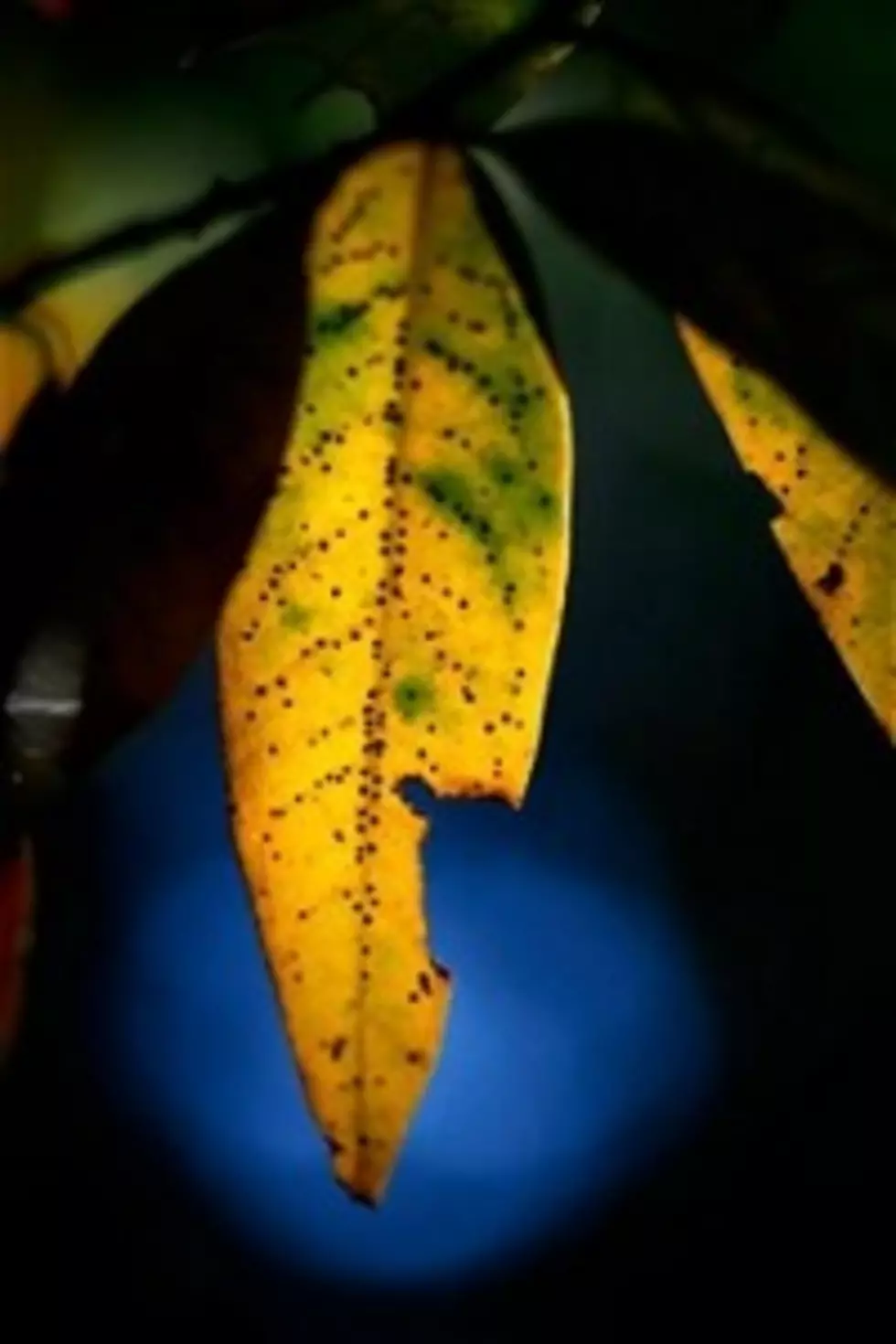
Japanese Beetles Invading
I was in my backyard the other day and noticed the first Japanese Beetle of the summer on my chair. If there is one there will be more and within the next couple of days.
Farmers, gardeners and homeowners should keep their eyes peeled for shiny, green and bronze Japanese beetles feeding on the crops, vegetables and flowers. Dry weather this year has affected the emergence of mature beetles. The dime-sized green beetle – with bronze wings and white tufts of hair around its shell – feeds on any plant that has a pleasant smell.
I did some research and according to the University of Missouri Extension Service the Japanese Beetle eats about 440 different plants, but their favorites include Linden trees and roses.They feed high in the plant, out in the sunlight, and can do a lot of damage to trees, ornamentals and shrubs. They also feed on soybean leaves and corn silks, especially in the critical pollination period which has farmers in the area also concerned.
Japanese beetles arrived in the United States in the early 1900s and had spread to the mid-west in the 1930's and have been here ever since. How do you get rid of them? Well, homeowners can fall back on a staple insecticide, powdered Sevin (carbaryl), to combat Japanese beetles, or just pick the beetles off the plant. Good luck!
More From 100.9 The Eagle, The Tri-States' Classic Rock Station








